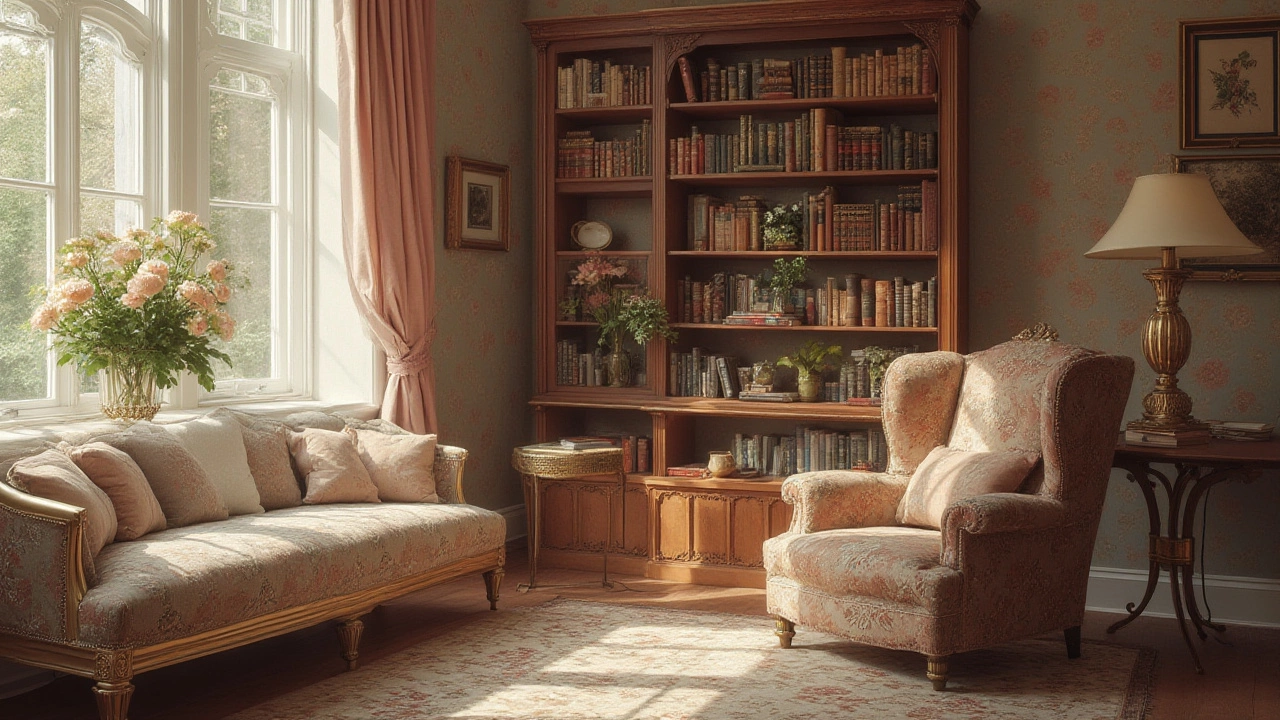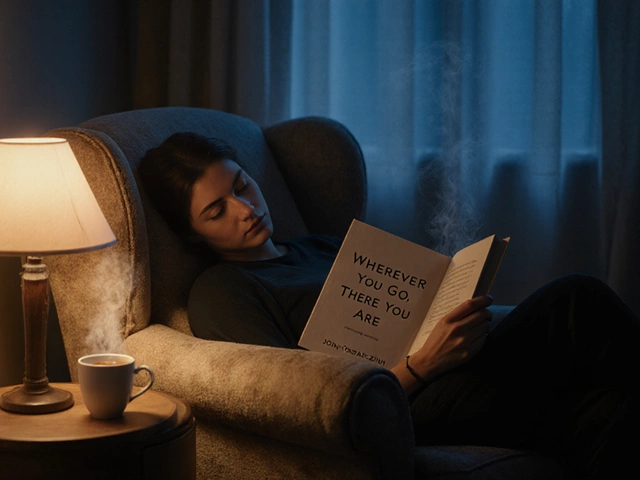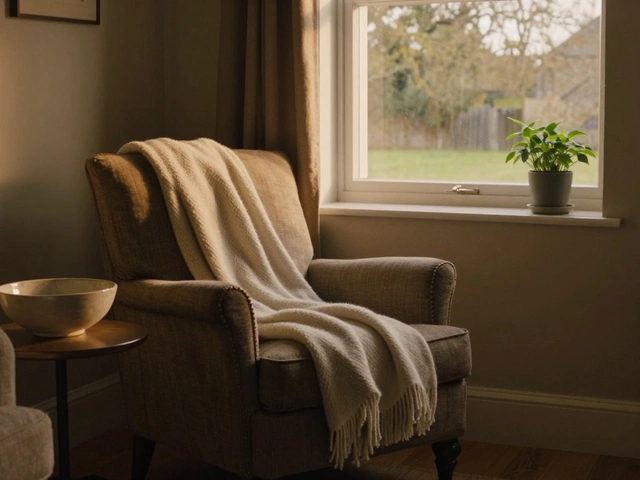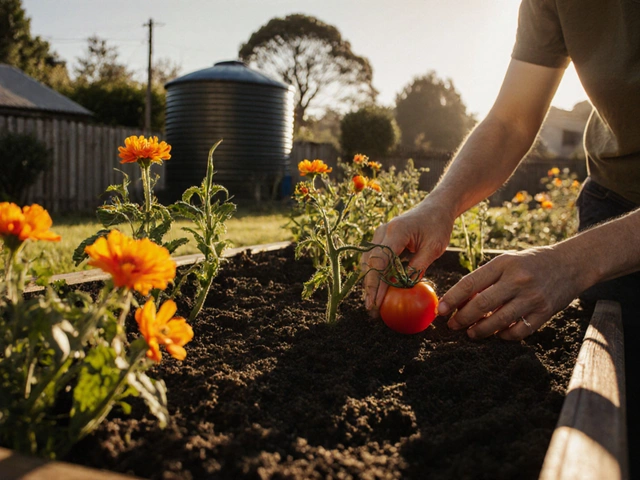If you’ve scrolled through Instagram or browsed Pinterest lately, you might have noticed something surprising sandwiched between sleek, minimalist rooms: a whole lot of grandma’s style. Think chintz sofas, ornate mirrors, and heavy wood furniture making cozy comebacks. It’s the kind of decor that once felt old-fashioned, but now, it’s everywhere—hailed by both seasoned designers and Gen Z renters alike. So, what’s behind this sudden nostalgia rush? Turns out, people are ditching bland for bold, plastic for patina, and fast furniture for family treasures. Let’s unpack why traditional home decor is creeping back into the spotlight and what this means for your own four walls.
The Resurgence of Traditional Styles
Every so often, the interior design world does a complete U-turn. Just when you thought modern minimalism had settled in for good, traditional decor starts popping up in home tours and shelter magazines. Part of what’s fueling this revival is a craving for comfort. Those polished, blank spaces that looked great in photos? Many found them cold and impersonal to actually live in. Traditional decor, with its plush armchairs, thick rugs, and endless patterns, offers warmth and memories. Heritage pieces—maybe it's your grandmother’s buffet, or a vintage rug sourced from a country auction—are suddenly desirable not because they’re old, but because they’ve got a story. A 2023 Houzz survey showed that over 48% of homeowners renovating their spaces chose at least one vintage or “nostalgic” feature, from elaborate crown moldings to fabric wallpaper. People are craving connections to the past, whether it's in the form of a brass candlestick, a “busy” floral print, or a sturdy wooden sideboard. Even large retailers and fast homeware brands have caught onto this shift, offering new designs that mimic the curve of antique table legs or revive old-school color palettes like moss green, navy blue, and deep burgundy. Some big names are backing the trend. Shea McGee of Studio McGee recently staged multiple projects mixing English cottage pieces with modern ceramics—the result feels layered and inviting, not stuffy. And magazines like Architectural Digest have been showcasing not just the homes of A-listers, but older houses brought back to life through authentic period details. It’s not about a museum-perfect recreation. Instead, it’s about adding in a touch of history alongside your tablets and tech gadgets.
Why Vintage Charm Feels Fresh Again
You’d think with all our gadgets and streaming services, we’d want our homes looking more like spaceships than Victorian mansions. But recent years have flipped that logic. After pandemic lockdowns, people craved sanctuary—a place where you can flop on a faded sofa, throw a blanket over your knees, and not worry about spilling your coffee on a white leather bench. Traditional decor provides exactly that. But it’s not just about how things look, it’s about how they feel. Traditional elements like plush window drapes, antique brass fixtures, or patterned carpets deaden noise, making rooms feel cozy and cocoon-like. There’s a physical comfort to these choices. The Home Furnishings Association reported in September 2024 that upholstery sales shot up, especially for tufted and rolled-arm sofas. The tactile appeal—touching wood grain or brushing your fingers over heavy embroidery—doesn’t translate through a screen, but it wins people over in real life. Color is another reason traditional decor feels like a breath of fresh air. After years of gray walls and streamlined black furniture, people have rediscovered the joy of jewel tones and pretty wallpaper. Take the rise of “grandmillennial” style—a cheeky spin on traditional decor, making antiques cool again for under-40s. People are mixing brass-framed botanical prints, skirted tables, and ruffled lampshades with their giant TVs and Alexa devices. Ironically, social media influencers are spreading this old-meets-new approach even faster. Some TikTokers go viral showing how to thrift for a dated lamp and paint it bright teal. Others offer DIY hacks for restoring secondhand wooden credenzas to Instagram-worthy glory. It’s not so much about following exact historical periods but stitching together a home that looks like a real-lived-in place—not just a showroom.
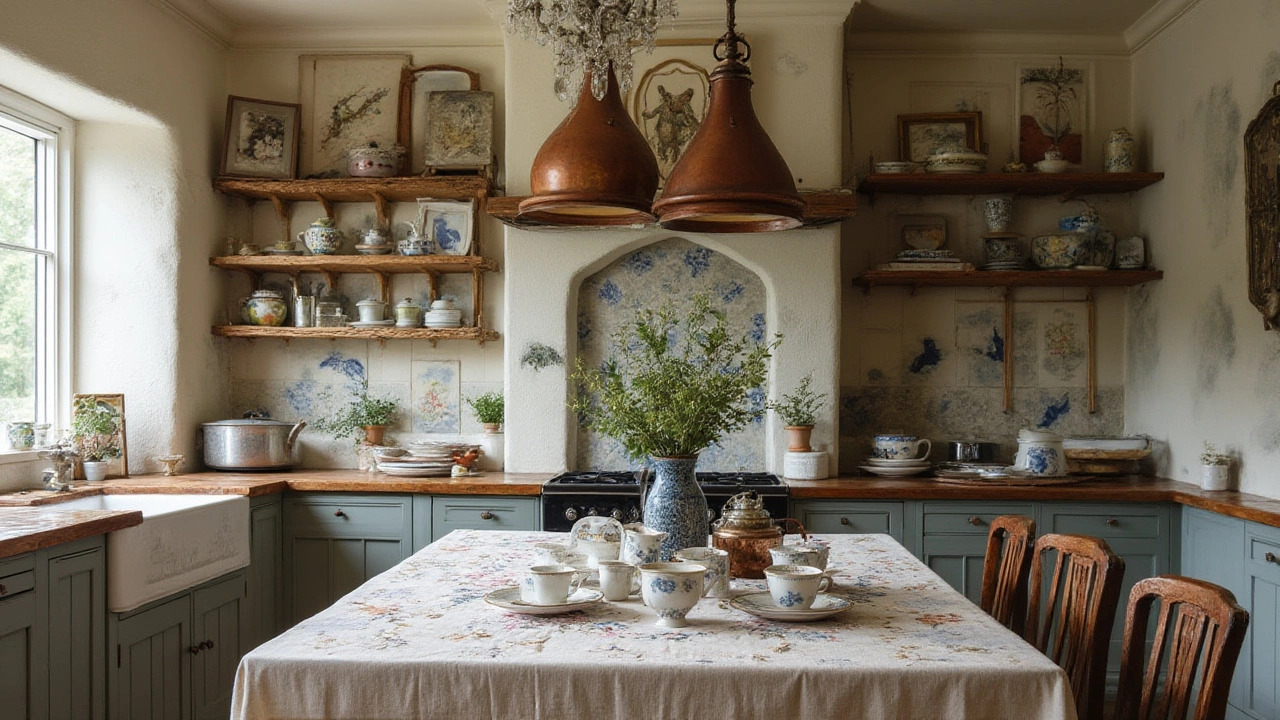
How to Mix the Old with the New
If you want to add traditional flair to your space, don’t worry about transforming your apartment into a set from "Downton Abbey." The trick is to layer. Start with one heritage piece—a carved wooden coffee table, a brass lamp, or a stack of real books—and let it anchor your room. A good piece of advice from designer Bunny Williams: every room needs at least one item older than its owner. You don’t need to splash out at antique shops, either. Estate sales, local thrift stores, and even relatives’ attics can be treasure troves. And here’s a fun twist—mix your finds with fresh, modern elements to avoid a time-warp vibe. For example, drape a bold 70s floral throw over a brand-new sofa or set a vintage teapot alongside your smart speaker on the kitchen counter. Unexpected contrasts keep things lively. Want to nail traditional home decor without going overboard? Try these tips:
- traditional home decor offers instant warmth—look for upholstery in classic stripes or florals, but pay attention to quality.
- Paint is your friend. If an old dresser looks tired, a coat of deep blue or green can bring it right up-to-date.
- Focus on details. Swapping in glass doorknobs, pleated lampshades, or picture rails adds an authentic touch in a rental, even if you can’t knock down walls.
- Mix materials—combine wood, metal, and rich fabrics for a layered effect. Don’t be scared to pair an ornate chandelier with industrial bar stools.
- Edit carefully. A few great pieces are better than cramming every surface with knickknacks. Traditional doesn’t have to mean cluttered.
Smart Shopping and Sustainable Style
You might be surprised to know that traditional decorating isn’t just about looks—it’s increasingly linked with sustainability. Fast furniture from big-box stores is cheap, sure, but it’s often landfill-bound within years. Heirloom pieces—or even sturdy ‘60s or ‘70s furniture from charity shops—are built to last, making them a greener choice. Not only do vintage pieces already exist in the world, buying them supports a circular economy and keeps the landfill a little emptier. Real estate experts say that houses with classic features like wood built-ins or intricate stair rails often fetch a premium on the market, simply because those features are so rare in new builds. It’s like scoring a one-of-a-kind look without extra carbon footprint. For renters, you can fake the effect with swap-in decor: think thrifted oil paintings, crystal sconce lights, chunky wool rugs, and framed needlepoint hangings. For DIYers, don’t overlook auction houses (where you can score a mahogany side table for less than a night out), or even Facebook Marketplace, where people are often unloading solid furnishings for the price of a fast-food meal. It’s not all nostalgia, though. Smart home devices, flat-screen TVs, and energy-efficient light bulbs now slip easily alongside aged dining tables and floral drapes. Alexa looks surprisingly chic beside a stack of hardcover books from the 1940s. The result? A home that feels layered, distinctly yours, and always welcoming—exactly what most people are craving in 2025. One last tip: trust your own eye. Mix and match what feels cozy and meaningful to you. Ignore the "rules," and don’t worry if your home doesn’t look like a catalog spread. It’s the personalized touch—a creaky old rocking chair, your aunt’s patchwork quilt, the print you found at last year’s flea market—that makes traditional decor special. And by bringing back the details and pieces that tell a story, you’re creating a place you really want to be—no time machine required.
